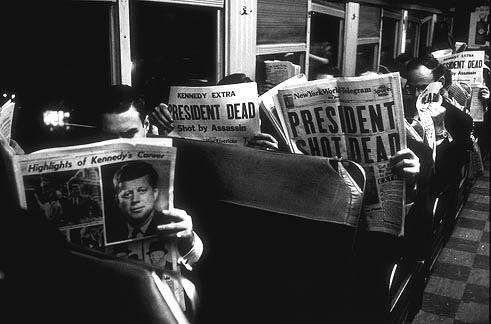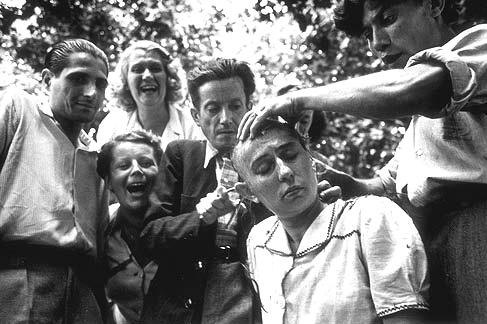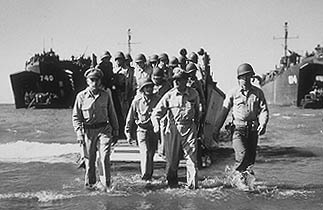"Sometimes people have asked me why I devoted so much of my life to to covering these terrible scenes, these disasters, these wars. And there is an important reason. When I began as a photojournalist I was interested in the history that was developing around me, whether it was the hundreds and hundreds of people I photographed who were the homeless wandering along the roads during the days of the Farm Security Administration, or other pretty heart-rending scenes that I saw in those days.
Why did I pursue those scenes ? Because they were evidence of one of the most important developments of my time, and I have been attracted all my life to important historical developments Some were good, lots of them were not. And I had and still have a compulsion to record history. Remember, after LIFE was born, we went through years of war. Now it is true that I could have done what some photojournalists did and in some way avoided war. But I have never avoided covering a development of our time because it threatened me. I do not think of myself as being tough. Determined is a much better description. It has never been too hot or too cold or too hard or too tiring for me to keep on going on a story worth telling. And war is one of those stories.
I want to make it clear it is not because I liked war. They were awful periods. I have often been in places where it was so terrible, where I was so frightened, where I could criticize myself for being there by saying what are you doing, why are you here? The answer always has been that what I am doing is important, and that's why I am here. I am making a record of historic times."
(Carl Mydans)

Headlines, November 22, 1963, on a train to Stamford, Connecticut.

French women accused of sleeping with Germans during the occupation are shaved by vindictive neighbors near Marseilles, August 1944.

LUZON, PHILIPPINES (JANUARY 9,1945): GENERAL DOUGLAS MACARTHUR WADES ASHORE AS ALLIED FORCES LAND FOR THE FIRST TIME IN THE PHILIPPINES, AS THEY PUSH TOWARDS TOKYO AND VICTORY.
"Most photographers remember very nearly every picture they have taken. Some, who like myself have made perhaps half a million, may remember all of them. And if a picture of theirs appears somewhere later, over the years, they will spot it immediately and, like a parent unexpectedly seeing the face of a son or daughter in a crowd, may hold it in view for a moment with the feeling that it is something profoundly theirs. In fact, they may even recognize some pictures as their own that they have never seen, because the photojournalists in the field often ship their film to their home offices unprocessed and do not have a chance to see those pictures that are not published. Their editors, always pressed for time, have creamed off what they think is the best of the take and sent the rest to the files where they may languish for years.
Still during that instant of seeing the subject through the viewfinder there is a remarkable imprinting on his memory. Once a photographer sees and captures an image through his camera it becomes his for his lifetime."
(Carl Mydans)
Sem comentários:
Enviar um comentário